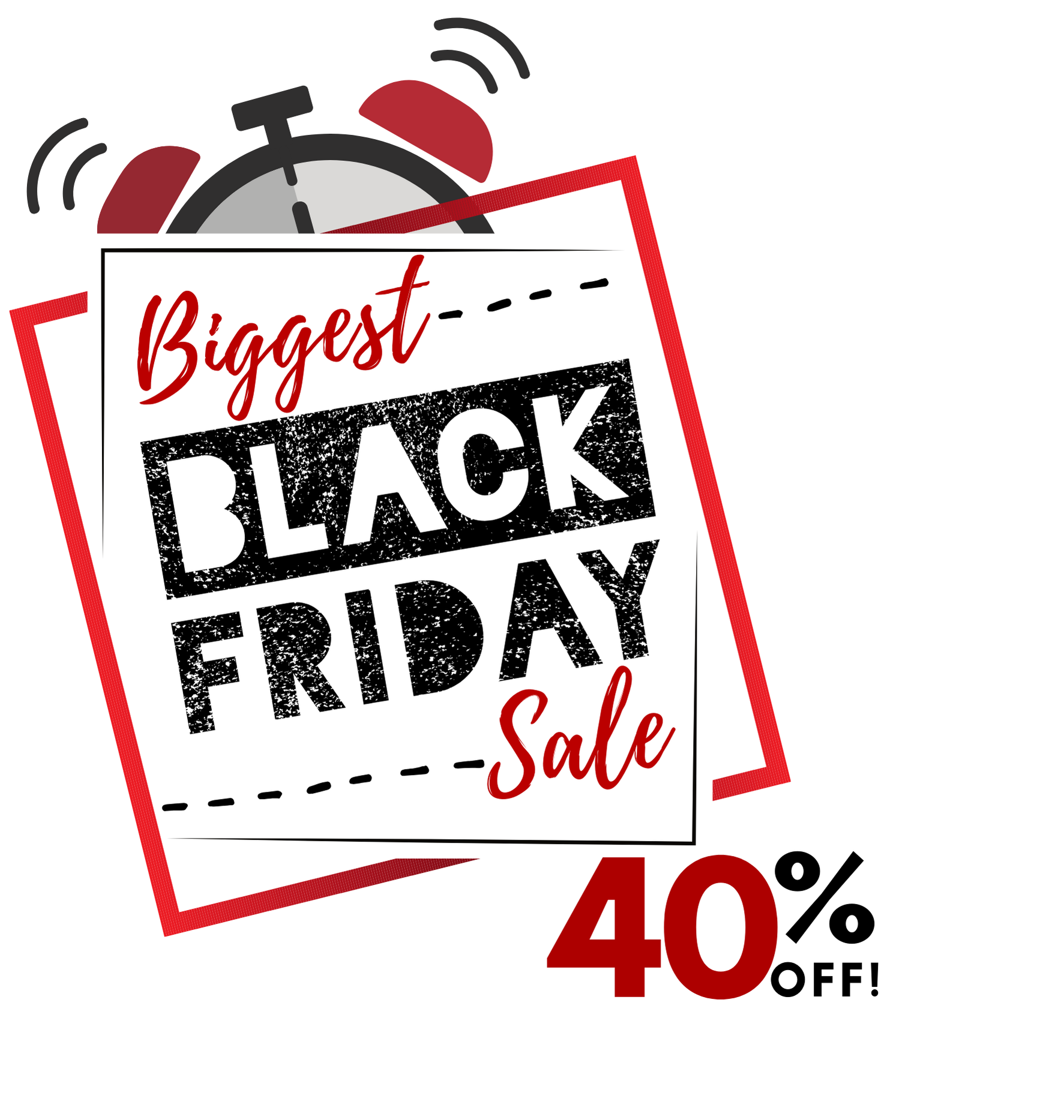What type of paddleboard is best for me?
This depends on your skill level, intended use, and personal preferences. Some common types include all-around, touring, racing, and inflatable paddleboards.What are the advantages of the alll-around paddleboards?
-
Stability: All aboard paddleboards are known for their exceptional stability. The wider design and flatter bottom of the board make it easier to balance, making it an ideal choice for beginners or those looking for a more stable ride.
-
Versatility: All aboard paddleboards are suitable for a wide range of activities, including cruising, yoga, fishing, and even surfing. Their stable design and ability to handle choppy water conditions make them a versatile option for paddlers of all skill levels.
-
Spacious: All aboard paddleboards are typically wider and longer than traditional paddleboards, offering plenty of space for paddlers and their gear. This makes them an excellent choice for those who want to bring a cooler, fishing equipment, or yoga mat with them on their paddleboard adventure.
.
-
Comfort: All aboard paddleboards typically have a soft, non-slip deck pad that provides comfort and traction for your feet. This can make it more comfortable to stand on the board for longer periods, making it an ideal choice for yoga or fitness enthusiasts.
-
Durability: All aboard paddleboards are typically constructed with high-quality materials, making them durable and long-lasting. The thick PVC material and drop-stitch construction of the board provide excellent strength and durability, making it resistant to punctures and abrasions.
-
Easy to transport: All aboard paddleboards are typically inflatable, making them easy to transport and store. Once deflated, the board can be rolled up and placed in a small bag, making it easy to transport in a car or on a plane.


